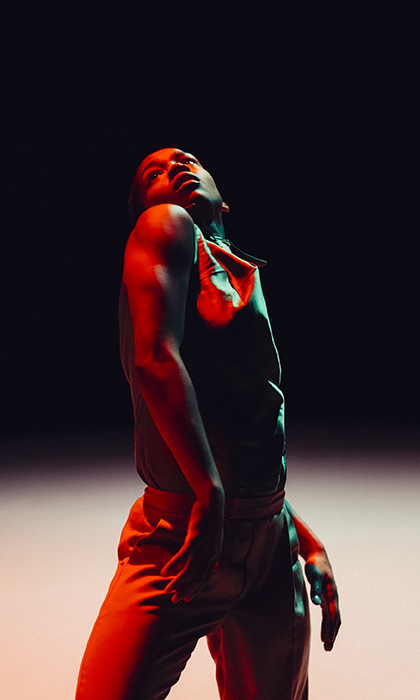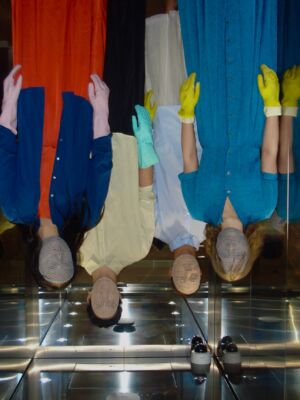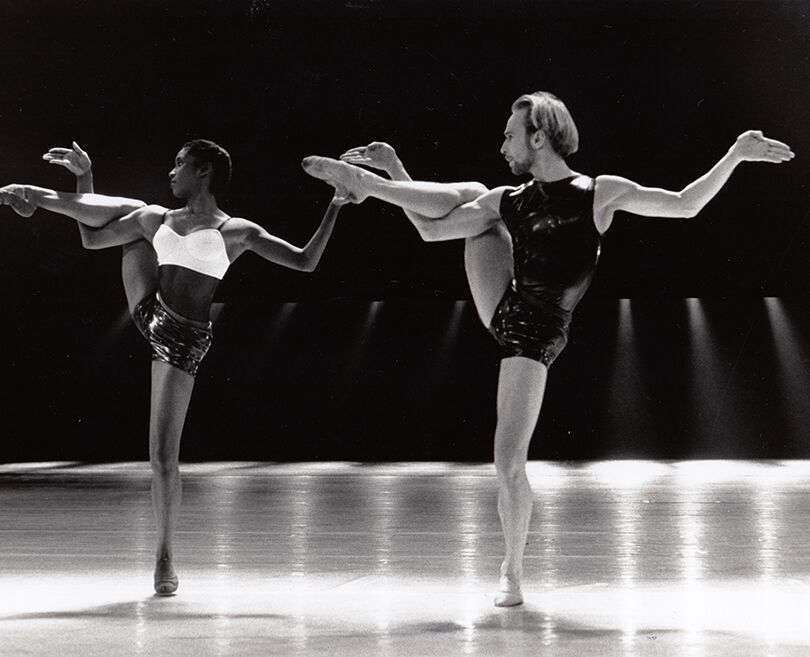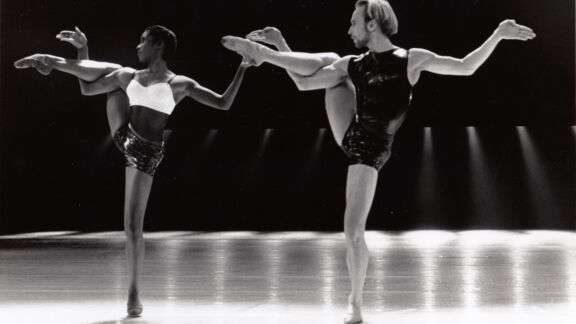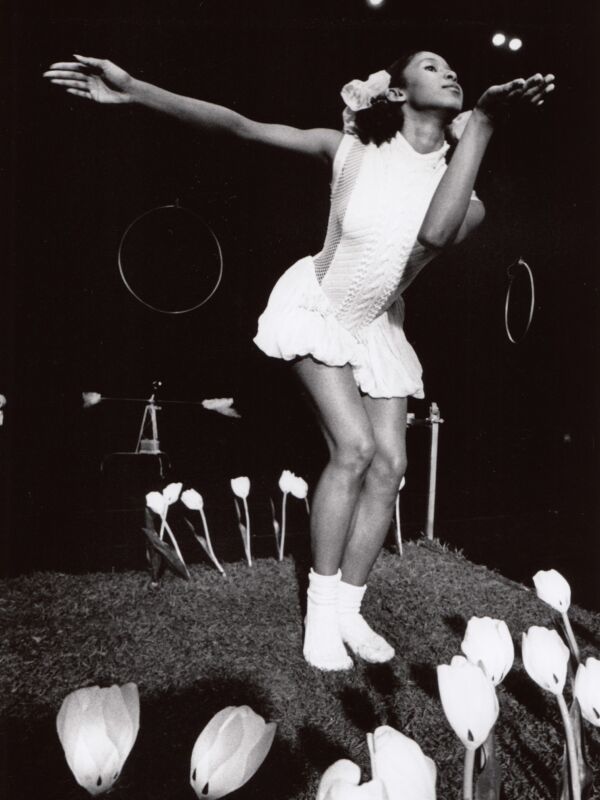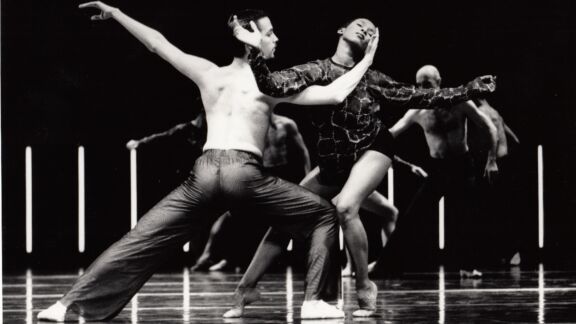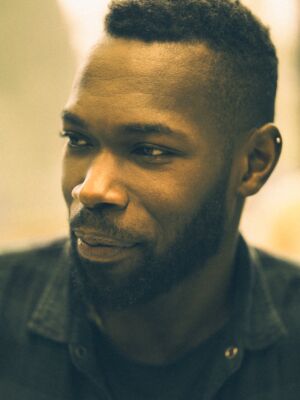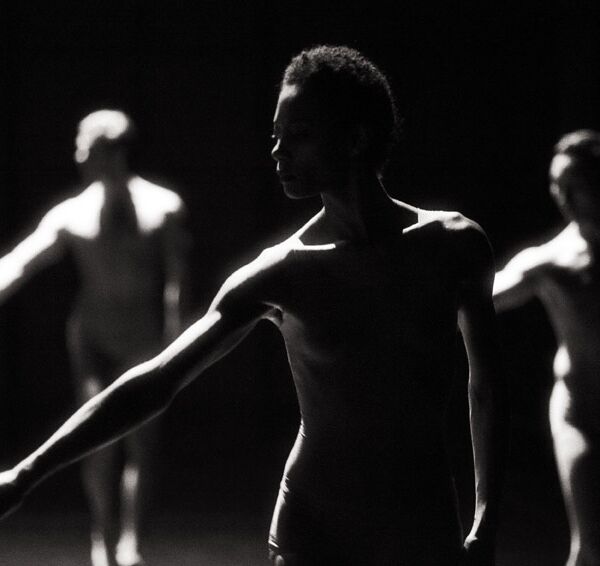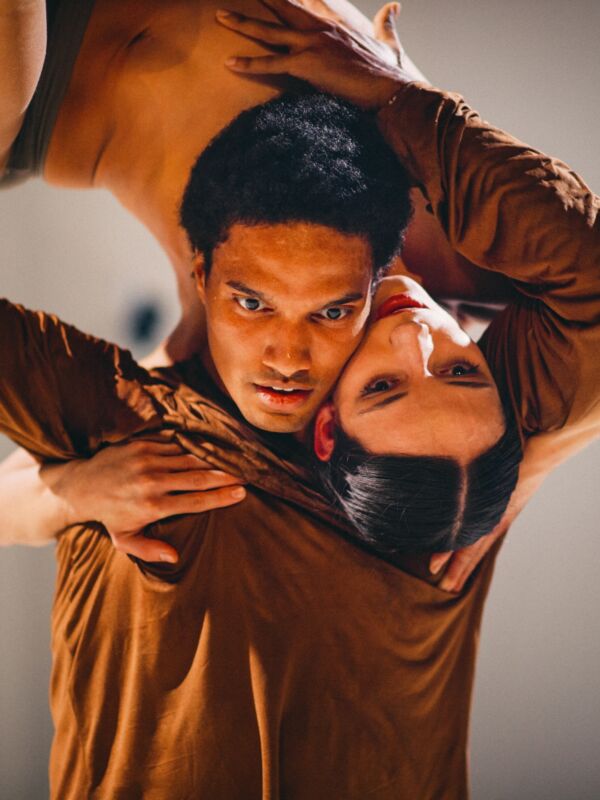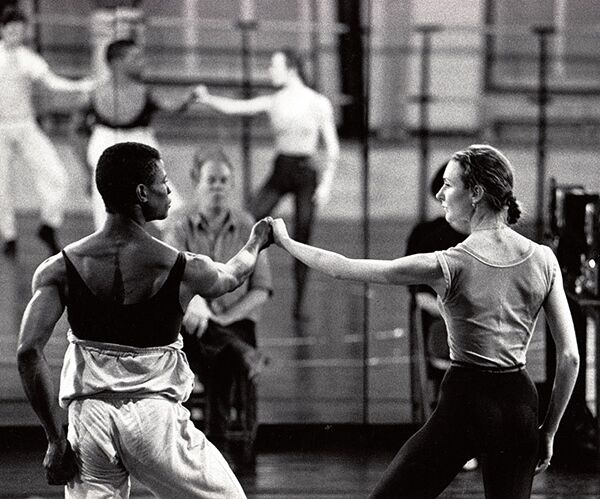Hoe leerde je NDT kennen en hoe ben je bij het gezelschap terechtgekomen?
“Ik had in het verleden al eens auditie gedaan bij NDT, met een negatief resultaat helaas, dus ik zag er tegenop om weer les te nemen bij het gezelschap toen de kans zich voordeed. Ook al had ik nog steeds een blessure, collega’s in het buitenland overtuigden me om weer les te nemen bij NDT tijdens een bezoek aan Den Haag. Ik herinner me dat toen ik auditie deed, er veel dansers en mensen van het artistieke team naar me toe kwamen om met me te praten en me welkom te laten voelen in de ruimte. Op dat moment voerde het gezelschap de zwart-wit reeks van Jiří Kylián uit en ik was erdoor betoverd.
Twee weken later kreeg ik een telefoontje van Carmen Thomas dat ik een plaats kon krijgen bij NDT 2, wat een droom was. Ik heb uiteindelijk drie jaar in het tweede gezelschap gezeten voordat ik naar het hoofdgezelschap ging. De dansers in beide gezelschappen waren ongelooflijk open en ik had eindelijk het gevoel dat ik op de juiste plek was. Iedereen was ambitieus en gemotiveerd en het voelde als een gezamenlijk doel om samen te werken en te creëren. Toen ik naar het hoofdgezelschap verhuisde, voelde deze diepgaande manier van werken meer autonoom en het was ongelooflijk om directer met Jiří samen te werken aan werken als Un Ballo, Whereabouts unknown en One of a Kind.”
Hoe waren je laatste jaren bij NDT en wanneer wist je dat het tijd was om het gezelschap te verlaten?
“Het einde van mijn carrière was turbulent en niet het einde dat de meeste dansers zich voorstellen; met collega’s aan hun zijde terwijl ze een laatste buiging maken met bloemen in hun armen. Jardin Clos was het laatste werk dat ik danste toen het in 2001 in première ging. Mijn laatste voorstelling was in Reggio Emilia, maar op dat moment wist ik nog niet dat het mijn laatste zou zijn.
In 2002 had ik al een tijd een relatie met een van de andere dansers en we kregen uiteindelijk samen twee meisjes. Later werd bij mijn eerste kind leukemie geconstateerd toen ze twee jaar oud was en dat moment haalde me uit de dansbubbel waar ik jaren in gezeten had. Opeens had ik te maken met belangrijke vragen en zorgen die niets met dans te maken hadden. NDT, zowel het personeel als de dansers, waren een steunpilaar bij de vele obstakels in die tijd en iedereen maakte het makkelijk voor mij om voor mijn dochter te zorgen tijdens de intensieve chemotherapiebehandeling van 2 jaar. Deze steun getuigde van de warmte en zorg binnen het gezelschap en de dansgemeenschap. Toch was de ziekte van mijn oudste dochter niet het enige obstakel.
Tijdens mijn jaren bij NDT leed ik ook onder psychisch misbruik buiten NDT. Het kostte me zes jaar om dat te erkennen en te begrijpen dat ik zo niet verder kon, vooral niet met mijn dochters en de instabiliteit die we ervoeren.”
